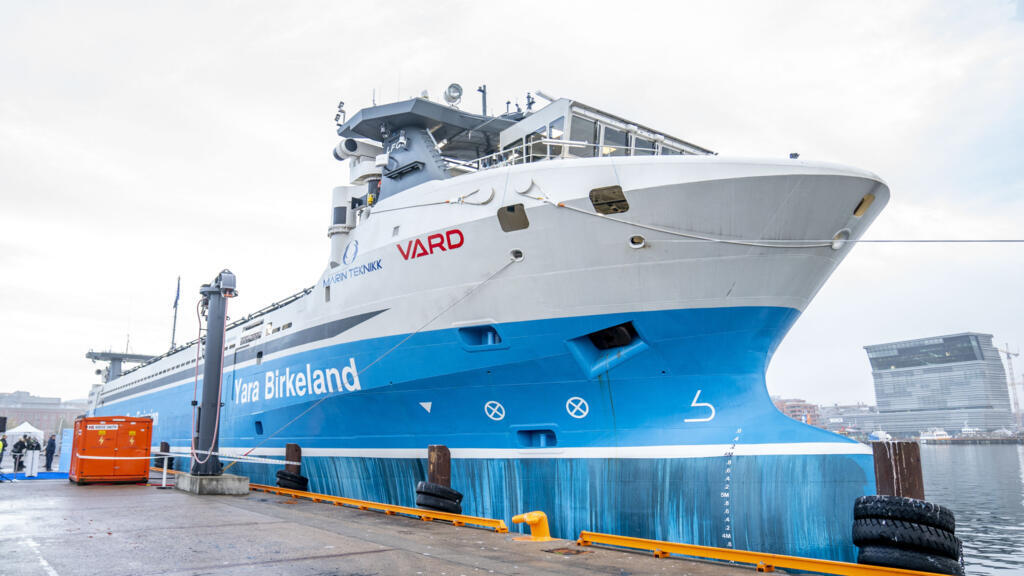Green Transition Strategies in Maritime Transport: Current Challenges and Future Solutions
The maritime transport sector, akin to the aviation industry, is responsible for significant greenhouse gas emissions, emphasizing the urgency for sustainable practices within the industry. With the onset of the UN Ocean Conference in Nice, there is a heightened focus on how major private maritime players can devise concrete green transition plans. This report explores the current status of emissions in the sector, alongside potential strategies for a more environmentally friendly future.
Maritime transport accounts for approximately 2.5% to 3% of global greenhouse gas emissions, putting it on par with aviation. This alarming statistic highlights the urgent necessity for the industry to evolve and adopt greener practices as international regulations and consumer expectations shift toward sustainability. Shipping companies, recognizing their role in contributing to climate change, are beginning to commit to ambitious targets and frameworks for reducing their carbon footprint.
During the UN Ocean Conference in Nice, stakeholders are convening to discuss collaborative measures that can be employed within the sector. Governments, NGOs, and industry leaders are forming a coalition to address the growing concerns over maritime emissions. The discussions are likely to focus on the introduction of stricter regulatory policies aimed at emission reductions, the promotion of cleaner technologies, and the integration of sustainable practices across the shipping supply chain.
Among the various options on the table for achieving a greener maritime industry, investment in alternative fuels is gaining traction. Biofuels, hydrogen, and ammonia are emerging as viable candidates to replace traditional heavy fuel oils. These alternative fuels provide an opportunity for shipping companies to significantly reduce greenhouse gas emissions, albeit with their own sets of challenges including production scalability, cost implications, and necessary infrastructure development.
Additionally, advancements in vessel design are being explored to enhance fuel efficiency. Companies are investing in research and development of more aerodynamic ship designs and optimizing hull shapes to decrease water resistance. The deployment of energy-saving technologies, such as wind-assisted propulsion and solar panels, is also being considered to supplement traditional energy sources and improve overall efficiency.
Another promising approach lies in digitization and data analytics. By harnessing advanced technologies such as artificial intelligence and the Internet of Things, the maritime industry can improve route optimization, cargo management, and fuel consumption—ultimately leading to emission reductions. The use of smart logistics can enhance efficiency and reduce wastage across the entire supply chain, making it a critical component of any green transition plan.
Collaboration across the maritime ecosystem is integral to achieving a successful green transition. Shipping companies, port authorities, and fuel suppliers must work together to establish a unified approach toward sustainability. Networked initiatives can facilitate the sharing of best practices and innovations, promote regulatory compliance, and drive collective action on sustainability targets.
Moreover, the role of consumers cannot be overlooked. Increasingly, consumers are prioritizing sustainability and environmental impact when choosing shipping services. This shift in consumer behavior pressures companies to prioritize green practices, further fueling the need for a comprehensive transition strategy. Educational initiatives aimed at raising awareness about the environmental implications of maritime transport can also foster demand for greener services.
In conclusion, the maritime transport sector stands at a critical juncture as it grapples with the dual challenges of meeting global demand for trade and addressing mounting environmental concerns. The discussions and initiatives that arise from the UN Ocean Conference in Nice will play a pivotal role in shaping the future of maritime emissions. The industry must embrace innovation and collaboration to chart a course towards a sustainable and green future at sea.












